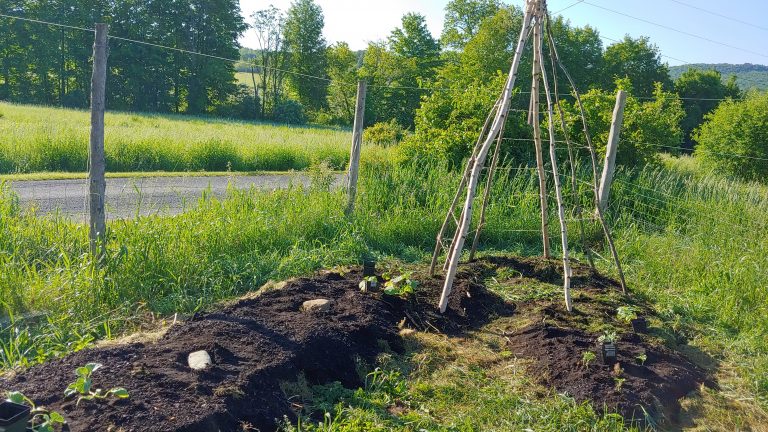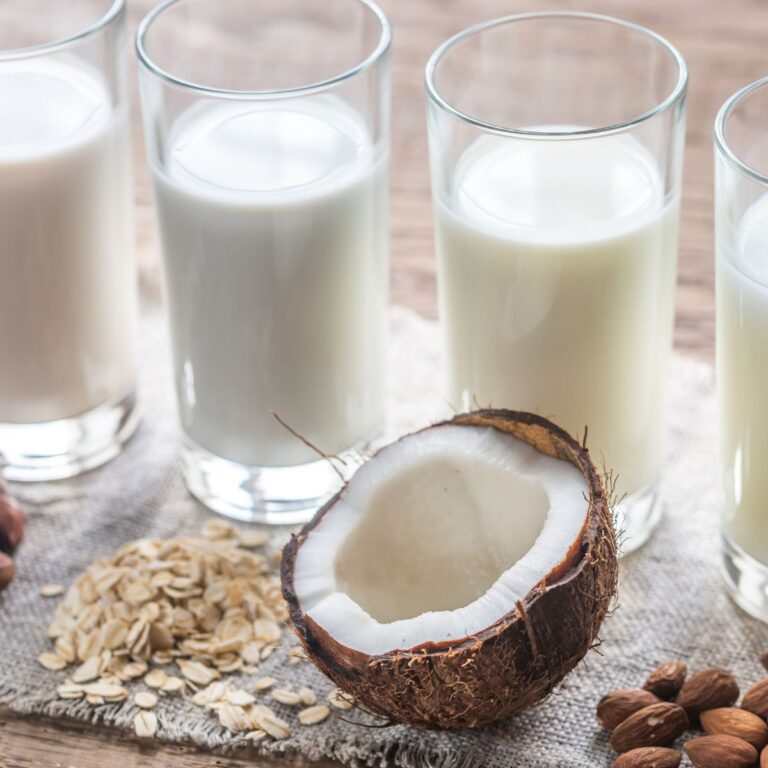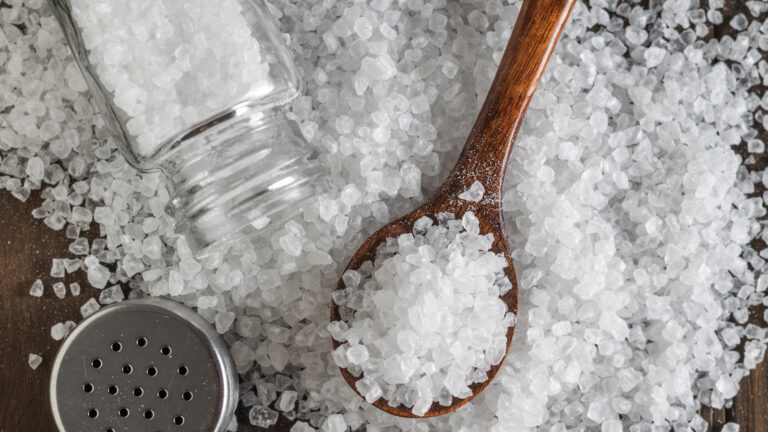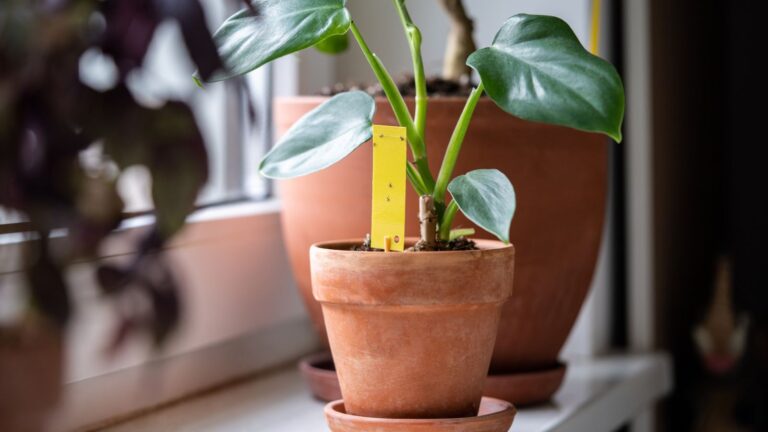This post may contain affiliate links.
It’s important to recognize when professional veterinary care is needed But, many times, natural methods can effectively prevent, treat, and care for your animals. Using natural remedies is a practical way to care for your livestock and pets.
Here are 5 natural remedy recipes to try.
**Disclaimer: I am not a doctor or medical professional and Homestead How-To is not affiliated with any medical professionals. All opinions and advice in this article are from my personal experience. Please see the disclaimer policy.
1. Wound Salve
Wound salve is a great tool to add to your animal first aid kit. I say it’s for the animals but I’ve used it on myself too!
- Small Jelly Mason Jar
- 10-15 drops each of Lavender & Frankincense
- Coconut oil
Warm the coconut oil until it melts from its solid form, add the Lavender and Frankincense (you can add a few pellets of beeswax to keep the mixture from hardening back up or warm some up in your hand before applying). Apply directly to wounds or sores as needed.
2. Ache-be-Gone
Occasional aches and soreness in your livestock can be tough to pinpoint and treat so take extreme caution when dealing with the animal and watch for reflexes and reactions that can harm you or the animal.
It is best to have the animal stalled or otherwise subdued for your safety and the animals. I’ve used this recipe for my goats, horses, and a calf that had injured her leg.
You can make this using a 4oz spray bottle or warm up coconut oil and create more of a lotion to treat the animal (this recipe is from The Essential Oils Animal Desk Reference).
- 5 drops Helichrysum
- 5 drops Copaiba
- 5 drops Vetiver (can also use Idaho Balsam Fir, Northern Lights Black Spruce or Evergreen Essence)
- Fill the rest with a carrier oil (such as fractionated coconut oil) for a spray, or use regular coconut oil to create a lotion.
3. Bitty Bug Busters
To help keep external parasites at bay try keep your coop clean, dry and watch the health of your flock closely. For internal parasite treatment, you can try one of these remedies:
- Dust the birds in wood ashes or spray the birds with a mix of 2 ounces of sulfur, 1 ounce soap (I recommend Thieves dish soap as its plant based) per one gallon of water.
- Spray the birds with a 4oz spray bottle of a diluted mixture of pure water, 20 drops each of Cedarwood, Melrose, Purification, and Eucalyptus Blue (Life Science, p. 365)
4. Calming the Beast
Lavender Essential Oil is an amazing oil to use for helping to calm down your animals. It’s been called the Swiss Army Knife of oils and its one that I use daily between my house, family, and animals!
I’ve used a combination of warmed up coconut oil (to get it to a lotion consistency) and mixed in about 4 drops of Lavender EO to help calm down my Off The Track Thoroughbred mare who can be a bit of a hothead.
You can also diffuse lavender (either using a store bought diffuser or just put some drops of the oil on a cotton ball) near your dog that may be frightened during a thunderstorm or by other loud noises.
5. Immune Booster
I use Thieves Essential Oils to help keep everyone’s (humans and our pets and livestock) immune system in tip-top shape. I diffuse Thieves as this method can cleanse not only the air but also the surface areas of the room.
Because of their higher concentration of hair follicles, animals can absorb the oil much more effectively. It is almost as effective as topical application in a lot of cases. It is much less invasive than topical application and your pet can leave the area if the smell negatively affects them.
Did you also know that Thieves can help with fleas and ticks? That’s a bonus! For additional immunity support, you can add Thieves EO to the feed and water of several types of pets and livestock, including chickens, poultry, ferrets, rodents, and reptiles.
Check References for More Information:
1) Essential Oils Animal Desk Reference. Life Science Publishing 2017
2) Faires, N. (2011). The Ultimate Guide to Homesteading: An Encyclopedia to Independent Living.
Jana Strain lives on 160 acers in eastern Colorado with her husband and 3 kids. She and her husband recently completed their dream log home that they built themselves. Before they started their home building journey, they raised honey bees, hogs, dairy goats, chickens, grass fed beef and horses. Currently they have chickens, horses and cattle and will be ramping up their other livestock operations. They involve their kids in the homesteading journey as much as possible while homeschooling/ranch schooling. Their goal is to live as self-sufficient and as natural lifestyle as possible. Follow their journey on Instagram: @janamstrain






